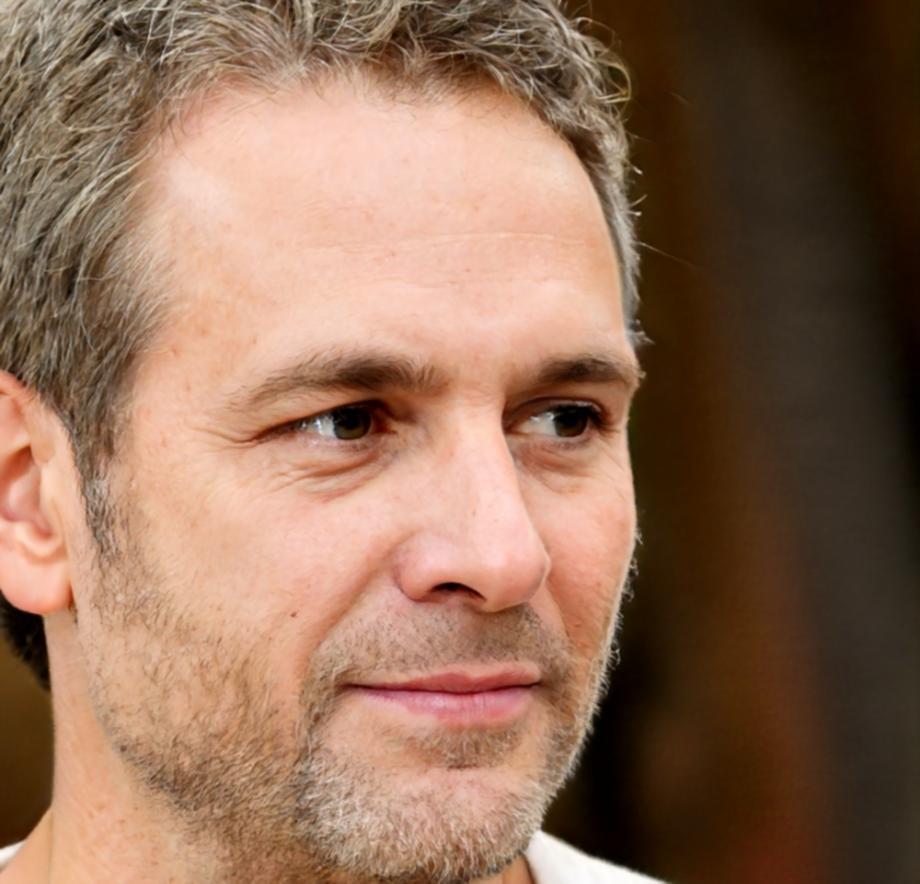Looking to improve your financial literacy? You're in the right place. We've pulled together some practical advice that's helped thousands of our clients take control of their finances. These aren't your typical "save more, spend less" tips — they're actionable strategies you can start using today.
Financial Learning Tips
Smart strategies to build your financial knowledge and secure your future.

Expert Insights

Michael Reynolds
Senior Financial Advisor
Start with a Money Diary
For the first month, track every penny you spend. I've seen this simple exercise change people's financial habits overnight. Most folks are genuinely shocked when they see where their money actually goes versus where they think it goes.
Don't judge yourself during this process—just observe. You'll naturally start making better choices once you have the full picture.
Pay Yourself First
Before you pay bills or buy groceries, automatically move 10-20% of your income to savings. This flips the traditional budget on its head. Instead of saving what's left after spending, you're spending what's left after saving.
It's not always easy at first, but it builds financial security faster than any other approach I've seen in my 15 years as an advisor.

Sarah Miller
Financial Education Specialist
Use the 72-Hour Rule
For any non-essential purchase over €50, wait 72 hours before buying. I stumbled onto this trick when I was struggling with impulse shopping. What happens is amazing – about 70% of the time, you'll realize you don't really need or even want the item after the cooling-off period.
Your future self will thank you for the extra money in your account rather than another barely-used item collecting dust.
Find Your Money Leaks
Most people focus on big expenses, but it's often the small recurring charges that drain accounts. I call these "money leaks" – subscriptions you've forgotten about, services you rarely use, or small habits that add up (like that daily €4 coffee).
Check your bank statement for these sneaky expenses. Plugging just a few leaks can free up hundreds of euros each month that can go toward your financial goals instead.
3-Step Budget Process
A simple approach anyone can follow to get their finances under control.
Track & Assess
The foundation of any budget starts with understanding your current spending. For two weeks, record every expense – coffee runs, impulse buys, bills, everything. Group them into categories that make sense for your lifestyle.
Don't skip this step! I've seen so many budgets fail because people guess at their spending instead of looking at the hard numbers.
Prioritize & Allocate
Now for the meaningful part – deciding what matters most. Split your expenses into three groups: essentials (housing, food, utilities), financial goals (debt payoff, savings), and lifestyle choices (entertainment, dining out).
Aim for the 50/30/20 split: 50% on needs, 30% on wants, and 20% toward savings and debt repayment. But don't get hung up on perfect percentages – what works for you might look different.
Automate & Adjust
The secret to sticking with your budget? Make it happen automatically. Set up direct deposits to savings accounts, automatic bill payments, and regular transfers to investment accounts.
Then check in weekly for the first month, biweekly for the second month, and monthly after that. Your budget should evolve as your life changes – it's a living document, not set in stone.